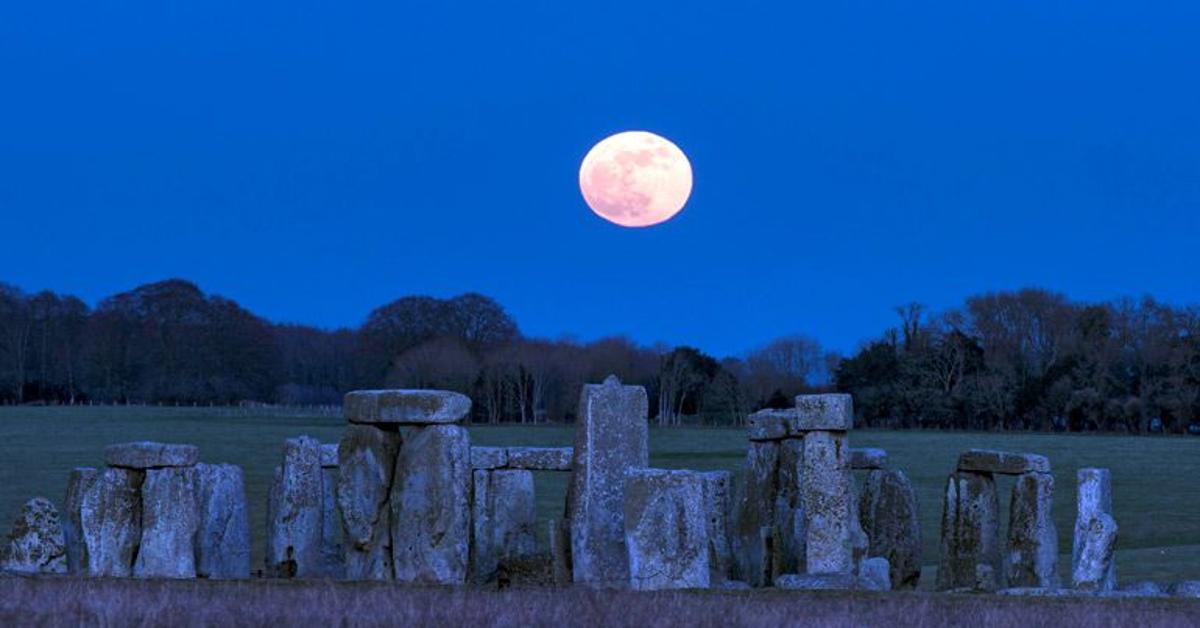
Researchers investigate Stonehenge's alignments with the moon and sun to uncover how these celestial bodies influenced its construction and purpose
A team of researchers from top U.K. universities and the Royal Astronomical Society has launched an ambitious project to explore Stonehenge's alignment with the moon and its well-documented solar orientation.
They are analyzing how these celestial bodies influenced the construction and purpose of this ancient monument.
Professor Clive Ruggles, an emeritus professor of archaeoastronomy at Leicester University, points out the mystery surrounding the lunar connection.
"Everyone knows Stonehenge aligns with the sun, but its link with the moon is not as well explored," Ruggles explained. He added that "the Station Stones may have deliberately been aligned with the moon's extreme positions," pointing to the potential intention behind this ancient configuration.
The investigation centers on the 'major lunar standstill,' a rare astronomical event that happens every 18.6 years when the moon's position in the sky is at its most extreme northern and southern points.
This phenomenon presents a unique observational window this year and into the next.
The researchers speculated that the architects of Stonehenge could have incorporated these specific lunar positions into the monument's design.
Jennifer Wexler, a historian with English Heritage, shared her enthusiasm for the project. "This is an exciting opportunity to delve deeper into Stonehenge's mysteries," she said.
English Heritage is making this research accessible through live streaming the southernmost moonrise at Stonehenge and hosting a series of public events that include talks, stargazing sessions, and a pop-up planetarium.
The project is a collaborative effort among academics from Oxford, Leicester, and Bournemouth universities.
They plan to meticulously document the moon's positions throughout the year to observe the interplay of light and shadows on the ancient stones.
Dr. Fabio Silva from Bournemouth University emphasizes the challenges and importance of these observations. "Tracking the moon's extremes requires specific timing and optimal weather," he stated.
In an international twist, English Heritage is also partnering with the U.S. Department of Agriculture's Forest Service to perform parallel observations at Chimney Rock, Colorado – where similar celestial alignments occur.
Source: Newsroom